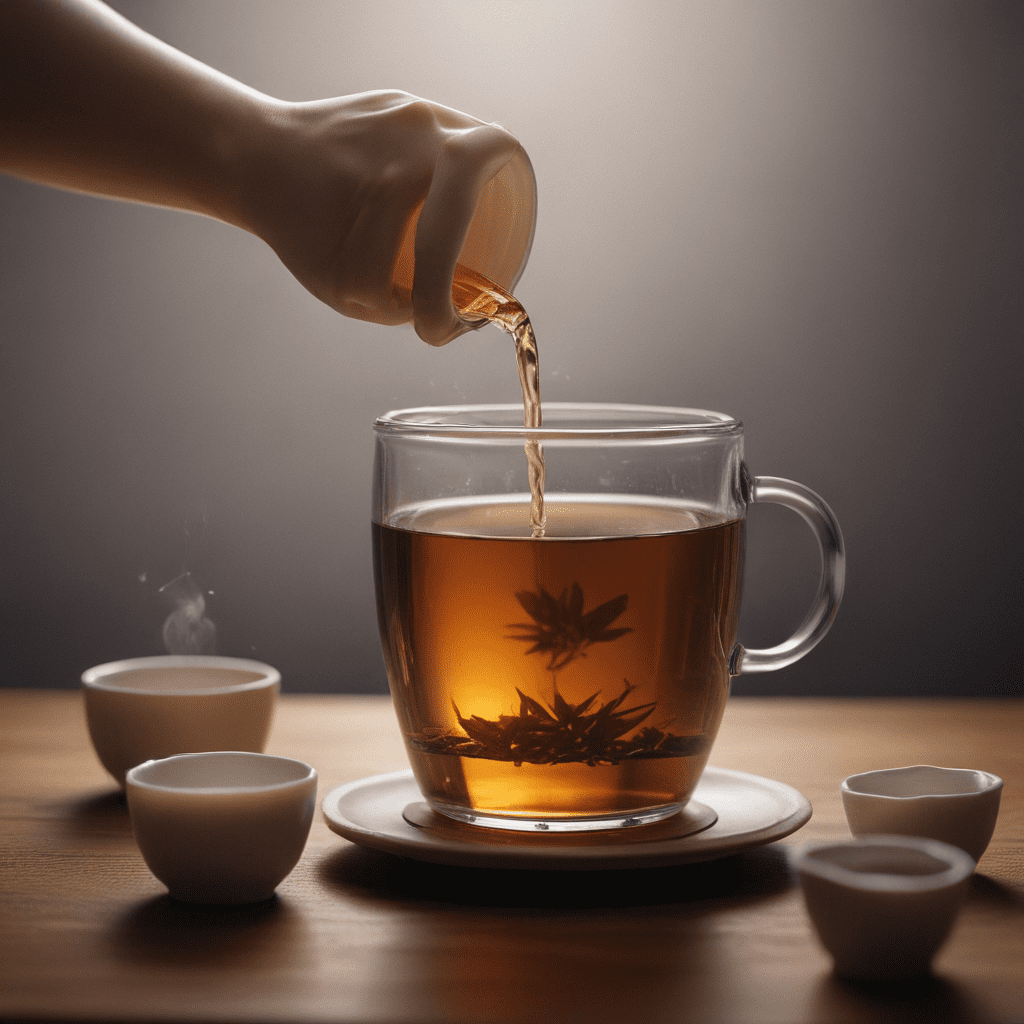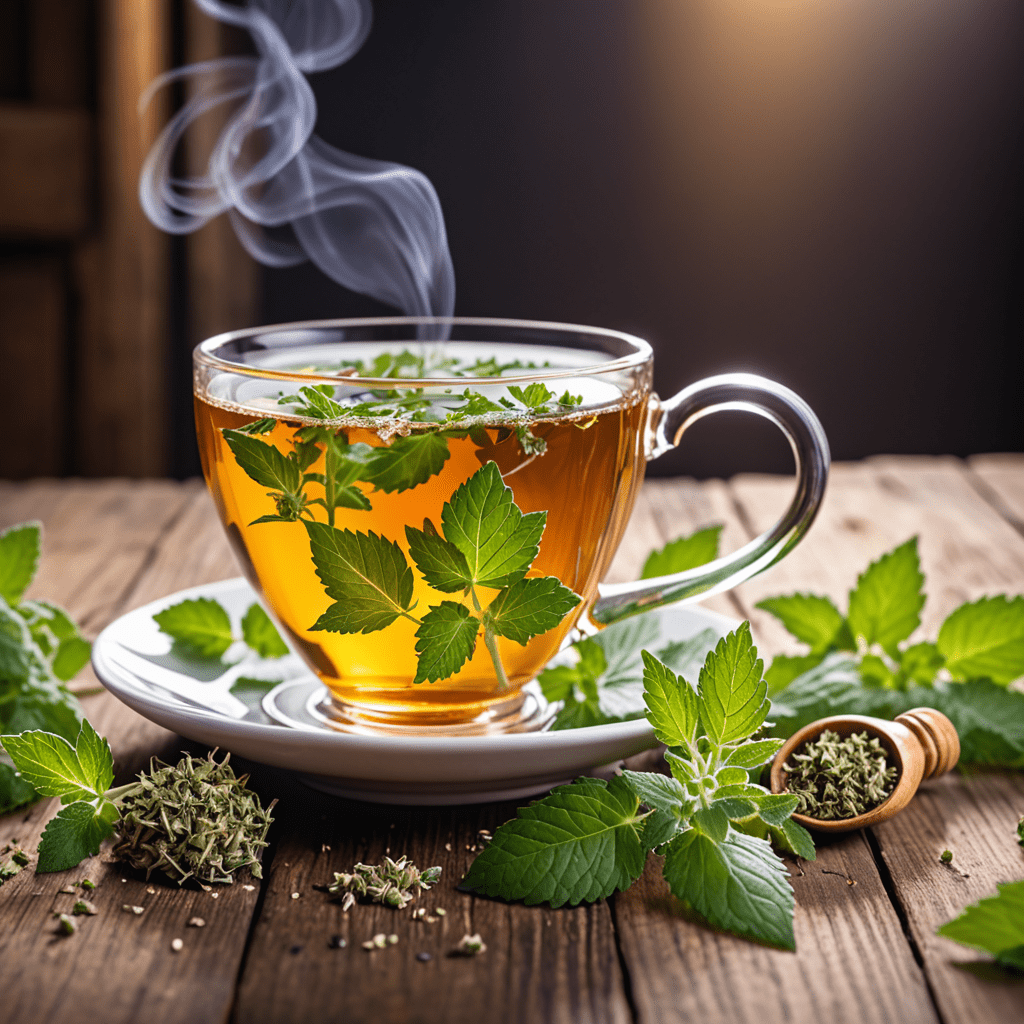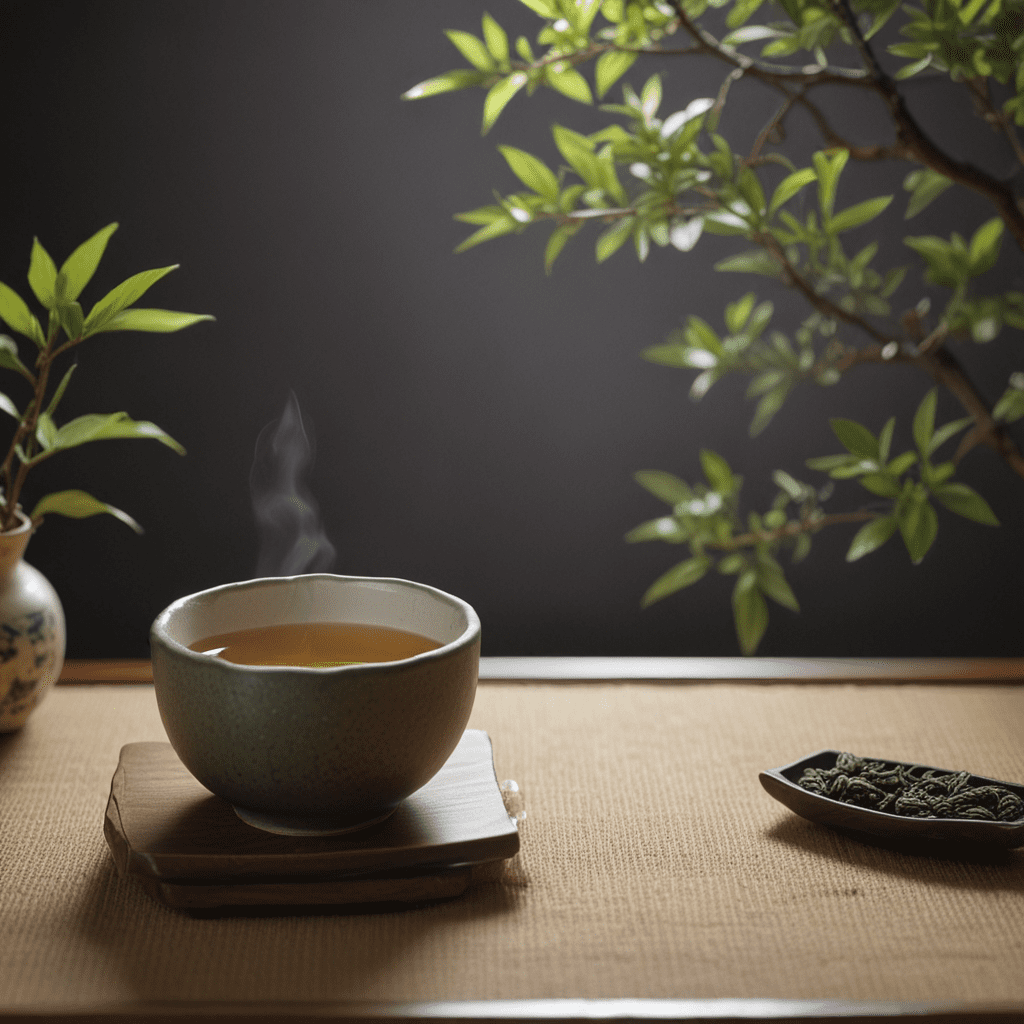The Art of Tea Making in Chinese Culture
1. History and Origins of Chinese Tea Culture
The history of Chinese tea culture stretches back over 5,000 years, making it one of the oldest and most deeply rooted cultural traditions in the world. The earliest evidence of tea cultivation in China dates back to the Shang Dynasty (1600-1046 BCE), where it was initially used as a medicinal herb. Over the centuries, tea gradually became a popular beverage, prized for its taste, health benefits, and spiritual significance.
By the Tang Dynasty (618-907 CE), tea consumption had become widespread in China, and the art of tea making was highly refined. Tea masters developed intricate rituals and ceremonies around the preparation and drinking of tea, transforming it into a sophisticated social and aesthetic experience. The Tang Dynasty also saw the emergence of the first tea treatises, which codified the knowledge and practices surrounding tea culture.
2. Cultural Significance of Tea in China
Tea holds a central place in Chinese culture, embodying values of hospitality, harmony, and contemplation. It is an integral part of social gatherings, family reunions, and religious ceremonies. Tea is also used as a symbol of respect, friendship, and peace. The Chinese expression "qing cha" ("sharing tea") connotes a deep bond between people.
Tea houses have been an important social institution in China for centuries. They provide a welcoming space for people to gather, converse, and enjoy tea. Tea houses have also been centers of intellectual and artistic exchange, with poets, scholars, and artists often congregating to discuss their work over a cup of tea.
3. Varieties of Chinese Tea
China is home to a vast array of tea varieties, each with its unique flavor, aroma, and health benefits. The six main types of Chinese tea are:
- Green tea: Unfermented and known for its grassy, vegetal flavor.
- White tea: Minimally processed and has a delicate, floral taste.
- Yellow tea: Partially fermented and has a mellow, buttery flavor.
- Oolong tea: Semi-fermented and known for its complex, fruity aroma.
- Black tea: Fully fermented and has a strong, robust flavor.
- Pu-erh tea: Post-fermented and known for its earthy, medicinal taste.
6. Health Benefits of Chinese Tea
Chinese tea has long been renowned for its medicinal properties. Green tea, in particular, is rich in antioxidants, which help protect against free radical damage and reduce the risk of chronic diseases like cancer and heart disease. Other types of Chinese tea, such as oolong tea and pu-erh tea, have also been shown to have various health benefits, including boosting metabolism, improving digestion, and regulating blood sugar levels.
7. Types of Chinese Tea Ceremonies
The Chinese tea ceremony is a ritualized form of tea preparation and drinking that has been practiced for centuries. There are several different types of tea ceremonies, each with its own unique customs and protocols. The most common types of Chinese tea ceremonies include:
- Gongfu tea ceremony: This is a formal ceremony that originated in the Fujian province of China. It involves using small, delicate teacups and a specific set of teaware to prepare and serve tea.
- Tasting tea ceremony: This ceremony focuses on the appreciation of the different flavors and aromas of Chinese tea. Participants use special teacups to compare and contrast different teas and discuss their sensory qualities.
- Zen tea ceremony: This ceremony is inspired by the principles of Zen Buddhism. It emphasizes mindfulness and meditation during the preparation and drinking of tea.
8. Tea as Inspiration in Chinese Arts and Literature
Tea has been a source of inspiration for Chinese artists and writers for centuries. It has been depicted in paintings, calligraphy, poetry, and prose. Tea is often associated with themes of nature, peace, and contemplation. For example, the famous Tang Dynasty poet Lu Tong wrote a poem about tea in which he extols its virtues:
"A cup of tea in the morning,
A bowl of wine at night.
These are the joys of life,
That make all worries vanish."
9. Tea Production and Cultivation in China
China is the largest producer and consumer of tea in the world. Tea is grown in many different regions of China, each with its own unique climate and soil conditions. The most famous tea-producing regions include:
- Fujian province: Known for its oolong teas, such as Tieguanyin and Dahongpao.
- Yunnan province: Known for its pu-erh teas, which are post-fermented and have a distinctive earthy flavor.
- Zhejiang province: Known for its green teas, such as Longjing and Biluochun.
10. The Globalization and Dissemination of Chinese Tea Culture
Chinese tea culture has had a profound impact on the world. Tea was introduced to Japan in the 9th century CE and quickly became an integral part of Japanese culture. In the 16th century, Portuguese traders brought tea to Europe, where it quickly became a popular beverage. Today, tea is consumed all over the world and is considered one of the most popular beverages after water.
FAQ
What is the best way to prepare Chinese tea?
The best way to prepare Chinese tea depends on the type of tea you are using. In general, it is important to use high-quality water and to steep the tea leaves for the appropriate amount of time.
What are the different types of Chinese teaware?
There are many different types of Chinese teaware, including teacups, teapots, and tea trays. Each type of teaware is designed for a specific type of tea.
What are the health benefits of Chinese tea?
Chinese tea has many health benefits, including reducing the risk of cancer, heart disease, and stroke. It can also boost metabolism, improve digestion, and regulate blood sugar levels.
How can I learn more about Chinese tea culture?
There are many resources available to help you learn more about Chinese tea culture, including books, websites, and tea classes. You can also visit a Chinese tea house to experience Chinese tea culture firsthand.


